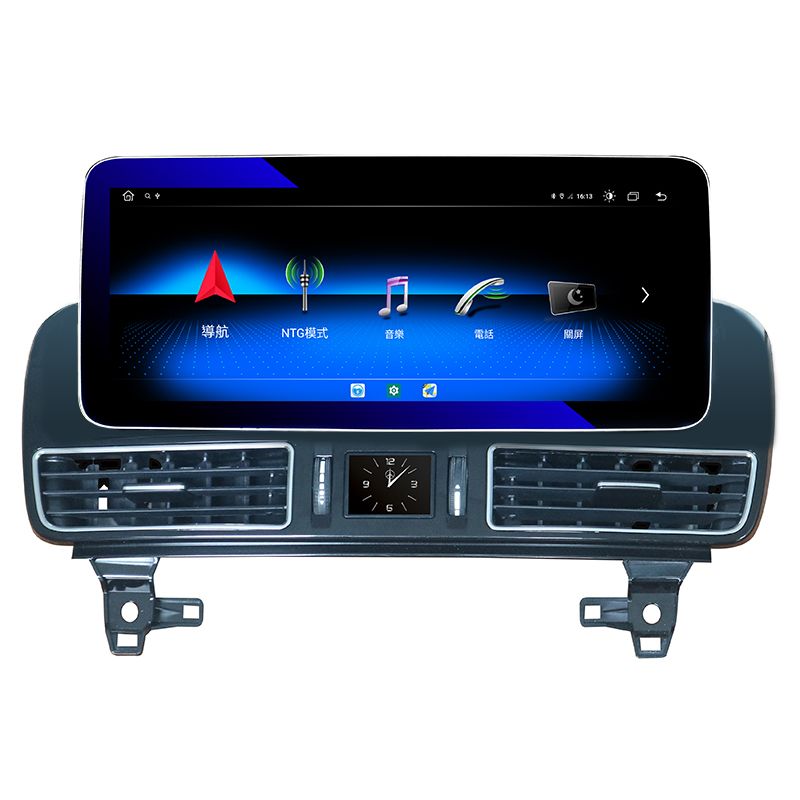The sound system, like the car itself, symbolizes upward mobility, social belonging and cultural identity.
With millions of songs to play through our speakers on our morning commute, car stereos have never been so convenient. It has come a long way in absorbing and spreading the ever-evolving meaning of the car and its capabilities. As technical analyst David Z. Morris explains, the car has emerged “in a world where the struggle for sound has taken on a special sense of hierarchy and power… The combination of car and sound creates a new battlefield in this matrix. Meaning.”
Having a home audio system in your car is a luxury dream. At first, car radios were a luxury. Relying on bulky, easily damaged, and expensive vacuum tubes, they “usually limited car audio to a privileged few,” writes Morris. Even though they are readily available, not everyone is enthusiastic about this idea.
The British commentator W. R. Anderson, writing in 1935, clearly disagreed. During a visit to the United States, he lamented the popularity of car radios, “which is really important in a country where car speeds are faster than here [in the UK], cars are more powerful and require constant attention.” The total number of car radios in the United States is approximately 2 million out of 21 million.” Although there are more home radios in England overall, Anderson notes with relief that “car radios don’t attract our credit”.
Those who are more concerned about technology also see problems. “At the present time, there is no place for a high-fidelity receiver in an automobile,” radio engineer Virgil M. Graham wrote in 1934. Any attempt to make them smaller will only cause problems. That doesn’t mean they haven’t tried, Morris notes. In the 1930s, designers experimented with “cold tubes” to make car radios more practical, and in 1947 Bell Labs created the transistor, a lighter, more durable alternative to Taste vacuum tubes. Most importantly, “transistors can be manufactured using highly automated processes at extremely low cost.” Car radios, which were only in 40 percent of cars in 1946, were in 90 percent of cars by the 1970s.
In 1956, Chrysler introduced the first in-car player to provide home comfort in the car. “Highway Hi-Fi” was “installed right under the dash and played through the car radio speakers,” an anonymous writer explained in Passenger Car Magazine. There are also 8-track players, cassettes, and Oldsmobile “Sportable”/”Transportable”, a transistorized car radio that “can be removed from the dash by releasing a lever inside the glove box. can be used as a battery operated portable radio with up to 50 hours of playtime.
Privacy Policy Contact Us You can unsubscribe at any time by clicking on the link provided in any marketing communication.
However, car stereos are not just a way to listen to the hits of the day. In post-war America, radios were also “developed as a personal accessory for business travelers,” Morris explained. Most of these business travelers are male, which extends to home hi-fi culture “where sound quality is tied to class.” what constitutes good sound has changed. From the roaring engine of hot rod culture, to 1950s teenagers occupying space with loud radios, to today’s booming bass from sound systems and decibel drag racing (competitions with sound levels ranging from 177 decibels to 182 decibels), “car audio works on asserting identity in a coherent, countercultural way,” Morris explained.
noise? Maybe. But, as Morris points out, “in post-revolutionary France, there was a fierce battle for village bells.” Sound has always been a contentious issue. Affordable car audio creates new groups that “discover new ways to use technology in terms of space and challenge the ‘normal’ middle class.”
JSTOR is a digital library for scientists, researchers and students. Readers of JSTOR Daily have free access to original research on our JSTOR articles.
Privacy Policy Contact Us You can unsubscribe at any time by clicking on the link provided in any marketing communication.
JSTOR Daily provides information on current events using a fellowship at JSTOR, a digital library of scientific journals, books, and other materials. We publish articles based on peer-reviewed research and make this research free for all readers.
JSTOR is part of ITHAKA, a non-profit organization that helps academia use digital technologies to preserve scientific records and promote sustainable research and teaching.
© Ithaca. All rights reserved. JSTOR®, the JSTOR logo and ITHAKA® are registered trademarks of ITHAKA.
Post time: Mar-14-2023

